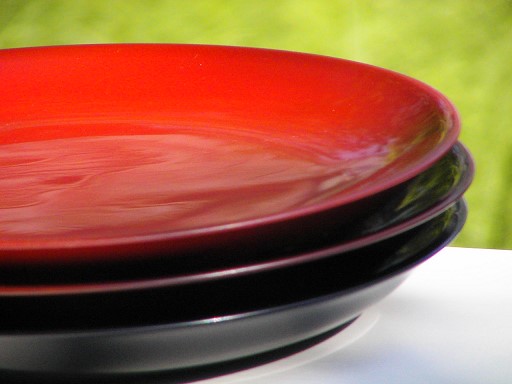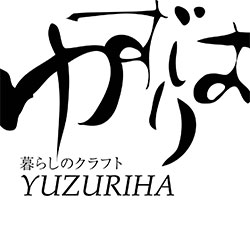LACQUER WARE
Making Japan’s Wood Culture Sparkle
Lacquer was being used as an adhesive some 9,000 years ago, and in Japan it has been applied as a glaze for over 2,000 years, making it one of the oldest forms of plant-derived materials in human history. In Japan today, lacquer ware is both used as everyday items and appreciated as works of art. The lacquer tree grows naturally in the East Asian monsoon region, including Japan, China, the Korean Peninsula, and Indochina. The trees that grow in Japan contain around twice as much urushiol as those found in other areas, enabling the production of high-quality lacquer that is hard and closely adhesive. From around 600, highly advanced lacquering techniques for Buddhist statues, altar fittings, and furnishings were developed that utilized mother-of-pearl, and large numbers of lacquer handicraft items of great artistry were produced. These techniques form the base of the traditional lacquer-making skills that evolved in Japan over the years. Iwate Prefecture boasts the highest volume of lacquer production in the country today, accounting for some 60% of the national total. The Tohoku area is home to many varieties of lacquer ware, such as Tsugaru lacquer, Jobo-ji lacquer, Kawatsura lacquer, and Aizu lacquer.
日本の木の文化を支えた「漆」
九千年前には固定するための接着剤として使われ、また、日本では器としても縄文時代(紀元前)にはすでに使用されていました。人類が文明を築いて以来、最も長く利用してきた植物性原料の一つがこの「漆」です。今、漆器は、日本人の暮らしに欠かすことのできない、大切な日用品であり、芸術品となっています。 漆の木は、東アジア地域の日本・中国・朝鮮半島、ベトナム、タイ・ミャンマーなどいわゆるモンスーン地帯に自生します。中でも日本で採れる漆は、「ウルシオール」成分が他国のものに比べ約2倍あり、塗膜も固く密着度も高いため、世界的にも質が高いことで知られています。飛鳥・奈良時代(600年前後~)には、仏像や仏具、調度などを塗る螺鈿などの精巧な漆工技術が広まり、極めて芸術性の高い漆工芸の優品が数多く作り出されました。それらの技法はその後今日まで日本の伝統的な漆芸の源となっています。現在、漆の国内生産量日本一は東北地方の岩手県で、全体の6割を占めており、東北には「津軽塗」「浄法寺塗」「川連塗」「会津塗」などがあります。


